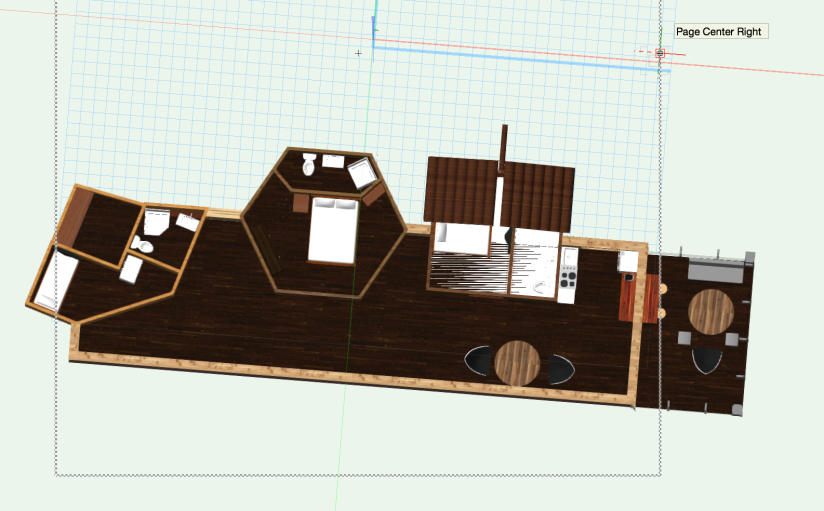Birds found in the Sheffield/Rotherham area:
Barn owl, Black-Headed Gull, Blackbird, Blue Tit, Bullfinch, Blackcap, Buzzard, Canada Goose, Carrion Crow, Chaffinch, Chiffchaff, Coal Tit, Collard Dove, Coot, Curlew, Dipper, Dunnock, Goldcresst, Goldfinch, Great Tit, Hen Harrier, Herring gull, Kestrel, Kingfisher, Lapwing, Linnet, Little Egret, Little Grebe, Mallard, Mandarin Duck, Meadow Pipit, Moorhen, Robin, Skylark, Snipe, Starling, Tree Sparrow, Waxwing, Wheatear, Wood Warbler
Total = 40
Locations:
Ponds/Wetland/Coastal: Canada Goose, Coot, Dipper, Little Egret, Little Grebe, Mallard, Mandarin Duck, Moorhen, Snipe
Total = 9
Woodlands/Parks/Farmland: Barn Owl, Blackbird, Blackcap, Blue Tit, Bullfinch, Buzzard, Carrion Crow, Chaffinch, Chiffchaff, Coal Tit, Collard Dove, Dunnock, Goldcrest, Goldfinch, Great Tit, Linnet, Meadow Pipit, Robin, Skylark, Tree Sparrow, Wood Warbler
Total = 21
Widespread*: Black-Headed Gull, Curlew, Hen Harrier, Herring Gull, Kestrel, Kingfisher, Lapwing, Starling, Waxwing, Wheatear
Total = 10
*includes city areas as there is no singular type of bird that can only be found in cities.

